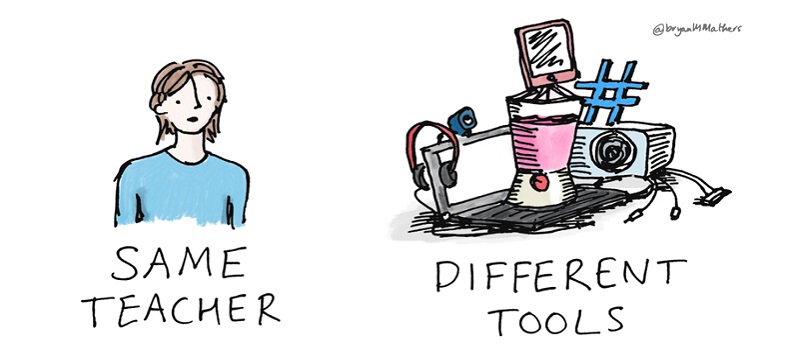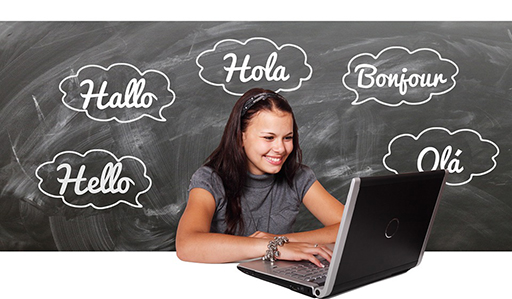2 Personalisation with tools for learning
Personalisation is the tailoring of teaching and teaching materials (and the environment in which they are delivered) to suit the needs and preferences of a range of learners. It links closely to accessibility for learners with disabilities, and we shall examine this aspect in more detail next week. This week, however, we are considering how technology can be used to support the whole range of learners, whatever their needs or preferences.
Online teaching usually has more opportunities for personalisation than face-to-face teaching, simply because it is easier for learners to use the available technology to modify their learning environment to suit their needs. (Imagine, for example, the ease of dimming a computer screen, compared to the difficulties in dimming a classroom environment without inconveniencing other learners.)
Asynchronous online learning usually has more opportunities for personalisation than synchronous learning because it gives the learners flexibility in terms of when and where they access the learning materials.
The ideal way to optimise personalisation in online teaching has two elements:
- Design teaching materials that will meet a wide group of needs and preferences, utilising a variety of media and teaching techniques.
- Put control in the hands of each learner, allowing them to adjust the materials to suit themselves.
1.8 Plagiarism detection


